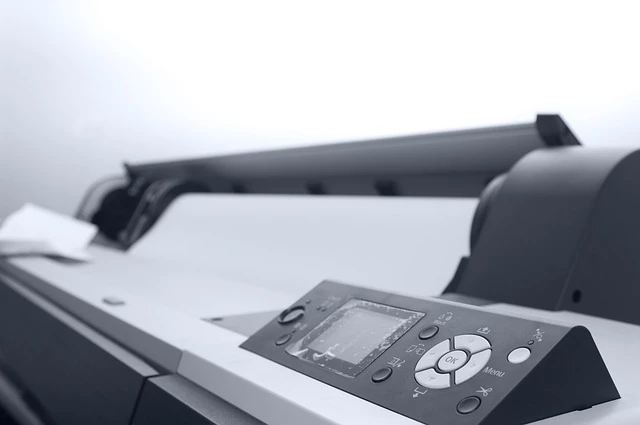
Partner Article
Improving efficiencies in healthcare through scan workflows
Healthcare providers should understand the importance of workflow management solutions in removing the likelihood of human errors and generally improving efficiencies.
Britain’s healthcare sector is a highly complex market, with increasing pressures from an ageing population, higher rates of obesity and its related diseases, as well as never-ending budget constraints. Add GDPR into the mix, and the potential turmoil that Brexit will cause to staffing, and we have a situation in which it’s never been more important for solutions to increase efficiencies, according to Y Soft Corporation, a leading enterprise office solution provider.
Automating day-to-day, time-consuming tasks that require repeated behaviours improves efficiencies, increases document security, removes the likelihood of human error, provides more up-to-date results through faster storage and retrieval of records and also reduces costs through the digitisation of records. This is achieved through automated scan workflow solutions, which can enable healthcare institutions to funnel productivity and accuracy savings towards the patient care initiatives.
Nick Parkes, Regional Sales Manager at Y Soft says, “Healthcare institutions experience improved efficiencies by implementing a scan workflow solution which automates the delivery of scans to authorised repositories. These empower employees to complete common scanning tasks much more quickly by using scan workflows that have pre-defined capture settings, optical character recognition, file name protocols and automatic, secure digital workflow delivery.
“As an example, a GP surgery may need to receive a paper copy of an application form from every new patient, but needs to store a digital version of these forms in a secure location, or may be digitising its current patient records. Traditionally, the administration staff at the surgery would need to scan each form individually, receive it as an email file attachment, download each file, appropriately rename each file and save it in the correct place.”
Parkes continues, “This is a hugely time-consuming process, but with automated digital document workflows, the administrator will simply scan all of the documents as a batch and through a pre-allocated barcode, each document will be automatically and correctly named and saved in the appropriate place, whilst those who need to be aware of the new document are alerted to its presence.
“Similarly, within hospitals, the admission and discharge process is still heavily paper-based, with administrators processing information from the patient themselves, their GP and other departments within the hospital. Automating these processes frees up the administrators’ time to focus on more urgent tasks.”
Parkes also points to an additional workflow feature that can be used to further categorise or prioritise documents: “A GP surgery will receive lots of medical test results for its patients and the GP will want to source these quickly and easily and may want to find tests by the type of test e.g. blood test, heart rate. A customised workflow can be created with the ability to recognise text marked with a highlighter pen. Various highlighter pen colours can trigger specific actions. In this case, a colour is chosen to represent which medical test the results document represents. The workflow is set to include the highlighted text as part of the document file name so the GP can easily see that the document refers to a particular test result and the date. Alerts can be sent to notify the GP that the test results are available for their review.”
Real productivity gains happen when automated workflows eliminate time-consuming steps. Healthcare institutions can effectively streamline processes and ensure less time goes to waste through turning their attention to scan workflows.
This was posted in Bdaily's Members' News section by Y Soft .








 2000 reasons for North East business positivity
2000 reasons for North East business positivity
 How to make your growth strategy deliver in 2026
How to make your growth strategy deliver in 2026
 Powering a new wave of regional screen indies
Powering a new wave of regional screen indies
 A new year and a new outlook for property scene
A new year and a new outlook for property scene
 Zero per cent - but maximum brand exposure
Zero per cent - but maximum brand exposure
 We don’t talk about money stress enough
We don’t talk about money stress enough
 A year of resilience, growth and collaboration
A year of resilience, growth and collaboration
 Apprenticeships: Lower standards risk safety
Apprenticeships: Lower standards risk safety
 Keeping it reel: Creating video in an authenticity era
Keeping it reel: Creating video in an authenticity era
 Budget: Creating a more vibrant market economy
Budget: Creating a more vibrant market economy
 Celebrating excellence and community support
Celebrating excellence and community support
 The value of nurturing homegrown innovation
The value of nurturing homegrown innovation